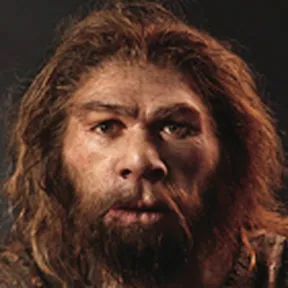The Evolution of Life | 12 - The Neogene Period
The Neogene, informally Upper Tertiary or Late Tertiary, is a geologic period and system that spans 20.45 million years from the end of the Paleogene Period 23.03 million years ago (Mya) to the beginning of the present Quaternary Period 2.58 Mya.
The Neogene is sub-divided into two epochs, the earlier Miocene and the later Pliocene.
Some geologists assert that the Neogene cannot be clearly delineated from the modern geological period, the Quaternary.
The term "Neogene" was coined in 1853 by the Austrian palaeontologist Moritz Hörnes (1815–1868).
During this period, mammals and birds continued to evolve into modern forms, while other groups of life remained relatively unchanged.
The first humans (Homo habilis) appeared in Africa near the end of the period.
Some continental movement took place, the most significant event being the connection of North and South America at the Isthmus of Panama, late in the Pliocene. This cut off the warm ocean currents from the Pacific to the Atlantic Ocean, leaving only the Gulf Stream to transfer heat to the Arctic Ocean.
The global climate cooled considerably over the course of the Neogene, culminating in a series of continental glaciations in the Quaternary Period that follows.
00:00 | Neogene conditions
02:09 | Invertebrates
10:56 | Vertebrates
15:01 | Reptiles
15:51 | Birds
17:15 | Mammals















































